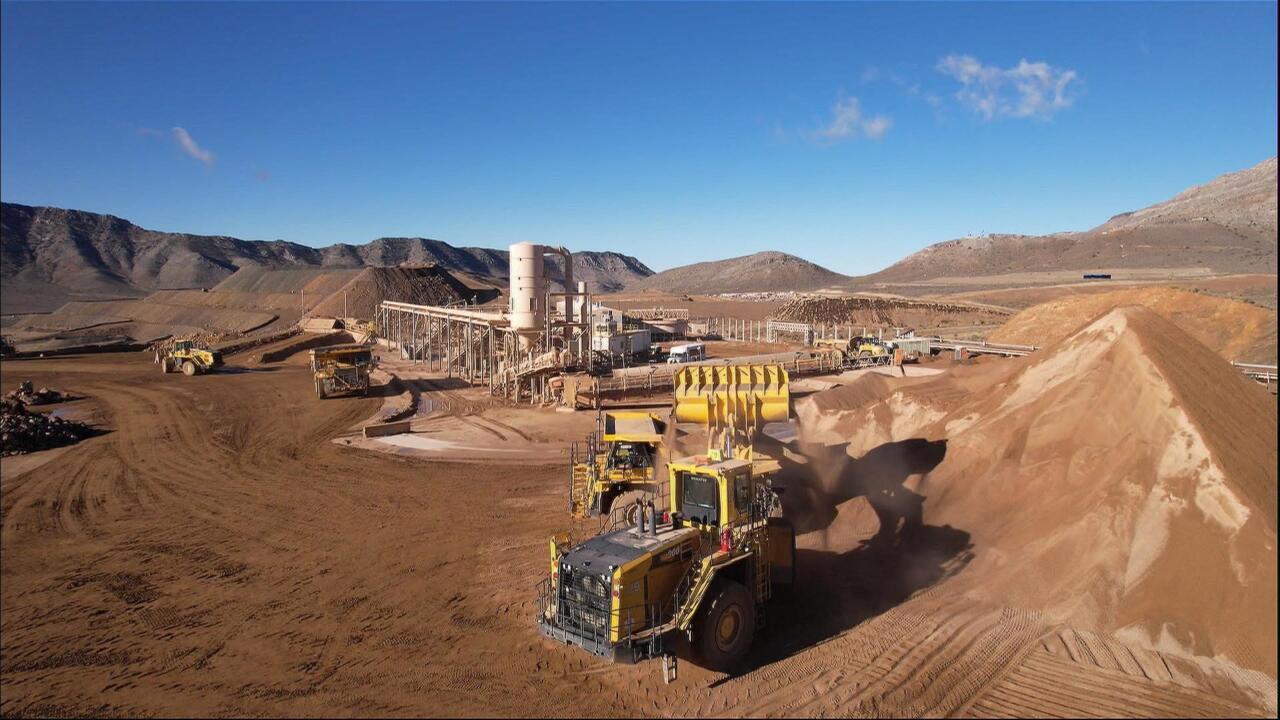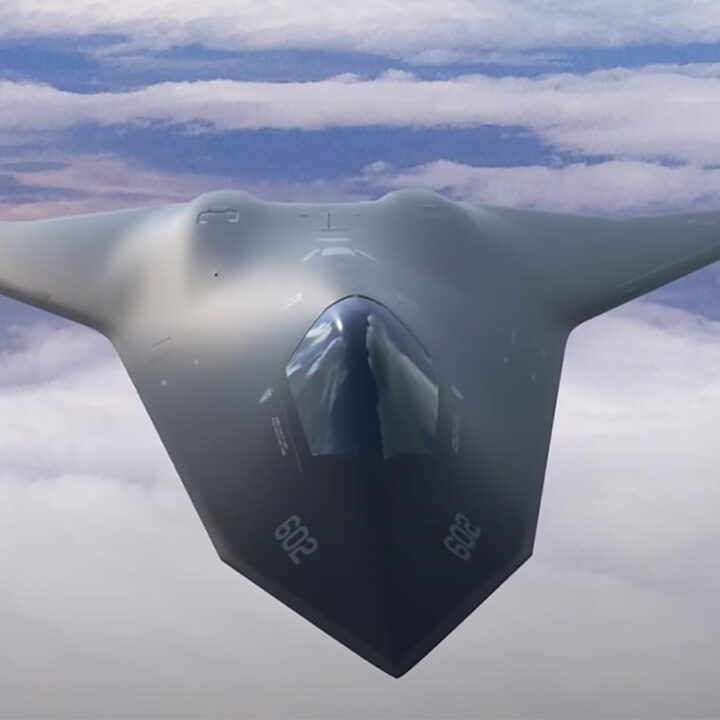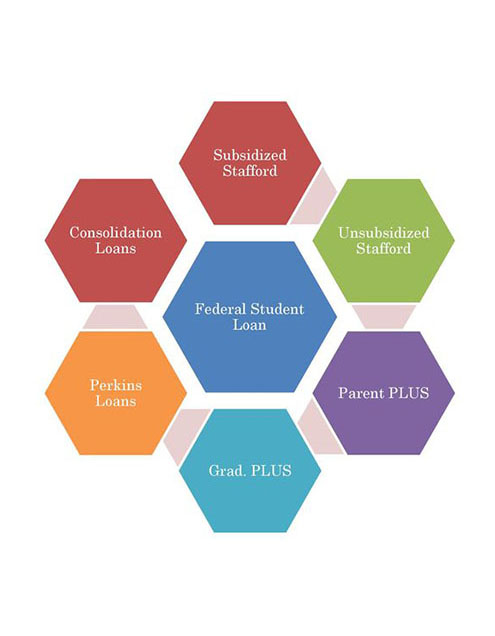A New Cold War: The Rare Earth Minerals Battle

Table of Contents
Rare earth minerals are a group of 17 elements, including neodymium, dysprosium, and terbium, essential components in countless technologies. From smartphones and electric vehicles to wind turbines and military equipment, these minerals are the lifeblood of the modern technological world. The increasing demand for these materials, coupled with their uneven geographical distribution, has created a volatile geopolitical situation. This emerging struggle for control over rare earth minerals is shaping international relations and driving a new type of Cold War, one fought not with nuclear weapons, but with the control of vital resources.
Geopolitical Landscape of Rare Earth Minerals
China's Dominance
China's overwhelming control of the rare earth minerals supply chain is a defining feature of this new geopolitical landscape. China dominates every stage, from mining to processing and refining, holding a near-monopoly on the global market.
- Market Share: China controls over 70% of global rare earth production and processing.
- Processing Technologies: China possesses advanced and sophisticated processing technologies, giving it a significant competitive advantage.
- Supply Chain Implications: This dominance allows China to exert significant influence over global supply chains, creating potential vulnerabilities for other nations. The potential for disruption is a major concern.
Diversification Efforts
Recognizing the risks associated with relying heavily on a single source, many countries are actively seeking to diversify their rare earth mineral supplies and reduce dependence on China.
- New Mining Projects: The US, Australia, Canada, and other nations are investing in new mining projects to bolster domestic production.
- Government Initiatives: Governments are implementing initiatives to support domestic rare earth industries through subsidies, research funding, and strategic partnerships.
- Challenges in Diversification: However, diversification faces significant challenges, including high upfront investment costs, environmental concerns, and complex permitting processes. The established infrastructure and expertise in China remain a hurdle.
Strategic Alliances & Trade Wars
The competition for rare earth minerals is increasingly shaping strategic alliances and fueling trade disputes.
- Trade Restrictions: We've seen the emergence of trade restrictions and export controls aimed at limiting the flow of rare earth minerals.
- Technology Transfer Disputes: Disputes over technology transfer and intellectual property rights add another layer of complexity.
- Impact on International Relations: This competition significantly influences international relations, adding tension and uncertainty to the global economic landscape. The potential for rare earth trade wars is real.
The Environmental Impact of Rare Earth Mining
Environmental Concerns
The extraction and processing of rare earth minerals pose significant environmental challenges.
- Water Pollution: Mining operations often generate large amounts of wastewater contaminated with heavy metals and radioactive materials, causing significant water pollution.
- Land Degradation: Mining activities lead to land degradation, habitat destruction, and biodiversity loss.
- Waste Management: The management of mining waste poses a long-term environmental challenge. The tailings, often containing radioactive elements, can leach into groundwater and soil for generations.
Sustainable Mining Practices
To mitigate the environmental damage associated with rare earth mining, the development and adoption of more sustainable mining practices are crucial.
- Cleaner Technologies: Investment in cleaner technologies and more efficient extraction methods can reduce environmental impact.
- Responsible Sourcing Initiatives: Initiatives promoting responsible sourcing and transparency in the supply chain are essential.
- Environmental Regulations: Stricter environmental regulations and enforcement mechanisms are necessary to ensure that mining operations adhere to sustainable practices. International cooperation is key to effective regulation.
Technological Advancements and Recycling
Technological Innovations
Technological advancements could significantly reduce our reliance on rare earth minerals or improve their extraction and processing.
- Substitute Materials: Research is ongoing to find alternative materials that can perform similar functions without relying on rare earth elements.
- Improvements in Recycling Technologies: Advancements in recycling technologies can help recover rare earth elements from electronic waste and other sources.
The Role of Recycling
Recycling rare earth elements from electronic waste (e-waste) and other sources is crucial for improving resource efficiency.
- Current Recycling Rates: Current recycling rates for rare earth elements are low, highlighting the urgent need for improvement.
- Potential for Increased Recycling: Significant potential exists for increased recycling through improved technologies and policies.
- Challenges in Rare Earth Recycling: Challenges include the complex chemical composition of e-waste and the high cost of separating and purifying rare earth elements.
Conclusion: Navigating the Rare Earth Minerals Battle
The geopolitical landscape surrounding rare earth minerals is complex, marked by China's dominance, efforts to diversify supply chains, and significant environmental concerns. This "new Cold War" over these vital resources has profound implications for global stability and the environment. Technological advancements and improvements in recycling are crucial for mitigating risks and promoting sustainable practices. Understanding the dynamics of the rare earth minerals battle is crucial. Learn more about sustainable sourcing and support responsible innovation to navigate this new Cold War and ensure a secure and sustainable future for all.

Featured Posts
-
 Nba Playoffs Pistons Fury Over Game 4 Foul Call
May 17, 2025
Nba Playoffs Pistons Fury Over Game 4 Foul Call
May 17, 2025 -
 Reflecting On Setbacks A Week In Review Of Failures And Growth
May 17, 2025
Reflecting On Setbacks A Week In Review Of Failures And Growth
May 17, 2025 -
 Understanding Trumps Proposed F 55 Warplane And F 22 Upgrade
May 17, 2025
Understanding Trumps Proposed F 55 Warplane And F 22 Upgrade
May 17, 2025 -
 Angel Reese Wnba Players Deserve Higher Pay Strike Possible
May 17, 2025
Angel Reese Wnba Players Deserve Higher Pay Strike Possible
May 17, 2025 -
 Is Refinancing Federal Student Loans Right For You
May 17, 2025
Is Refinancing Federal Student Loans Right For You
May 17, 2025
Latest Posts
-
 2025s Top Rated Crypto Casinos Bitcoin Casinos With Fast Withdrawals And Exclusive Bonuses
May 17, 2025
2025s Top Rated Crypto Casinos Bitcoin Casinos With Fast Withdrawals And Exclusive Bonuses
May 17, 2025 -
 Top Bitcoin Casinos 2025 Easy Withdrawals Exclusive Bonuses And Best Crypto Gambling Sites
May 17, 2025
Top Bitcoin Casinos 2025 Easy Withdrawals Exclusive Bonuses And Best Crypto Gambling Sites
May 17, 2025 -
 Best Crypto Casinos 2025 Top Bitcoin Casinos With Easy Withdrawals And Exclusive Bonuses
May 17, 2025
Best Crypto Casinos 2025 Top Bitcoin Casinos With Easy Withdrawals And Exclusive Bonuses
May 17, 2025 -
 Jackbit Your Best Crypto Casino Choice In 2025
May 17, 2025
Jackbit Your Best Crypto Casino Choice In 2025
May 17, 2025 -
 Review Of Jackbit A Top Bitcoin Casino With Fast Withdrawals
May 17, 2025
Review Of Jackbit A Top Bitcoin Casino With Fast Withdrawals
May 17, 2025
